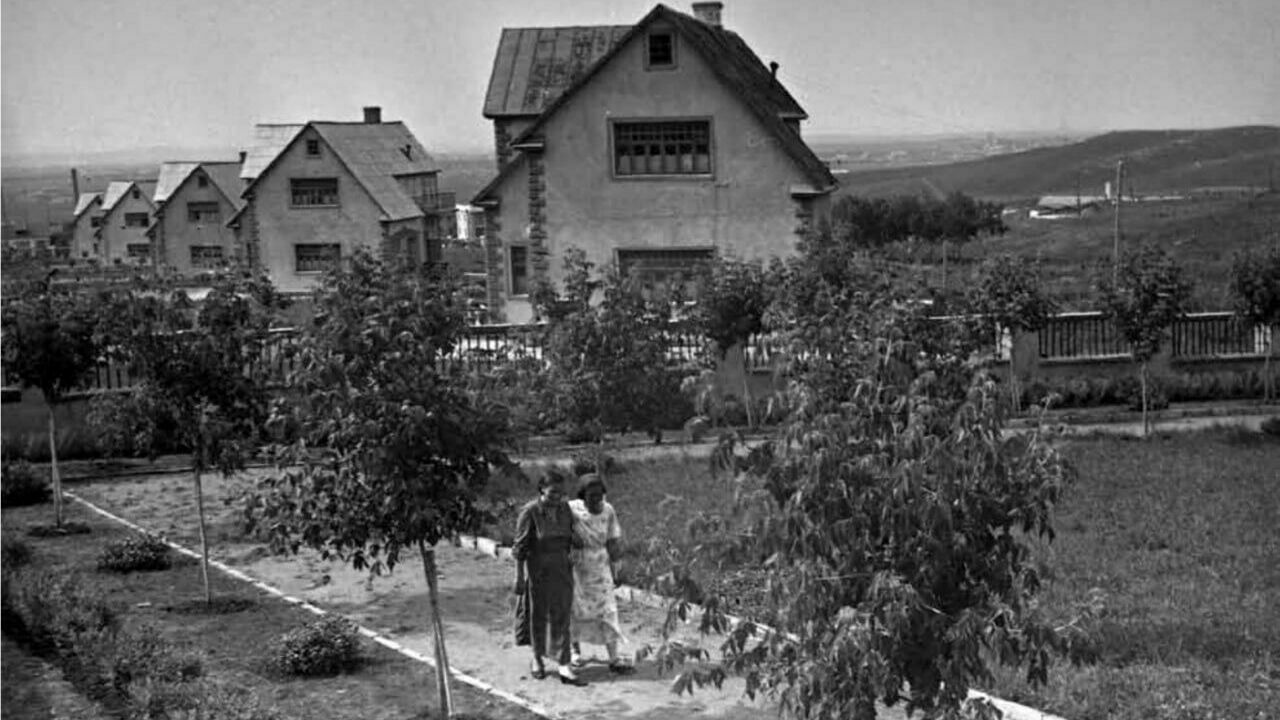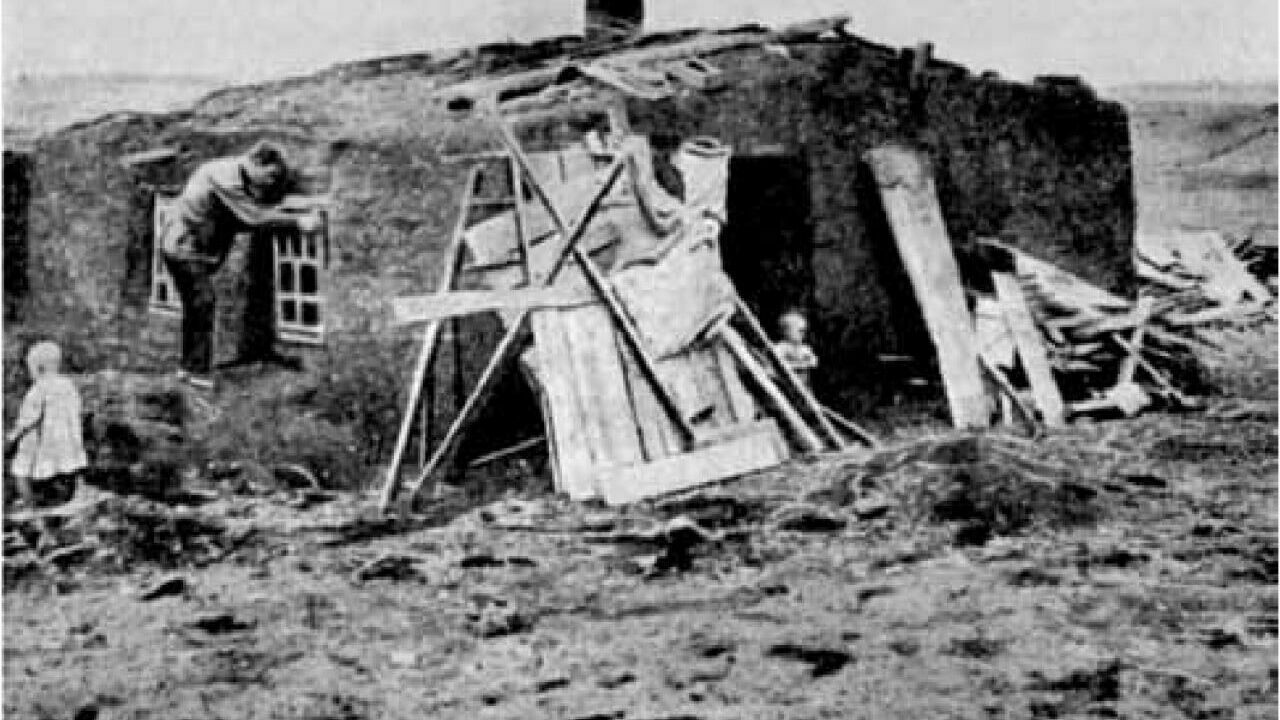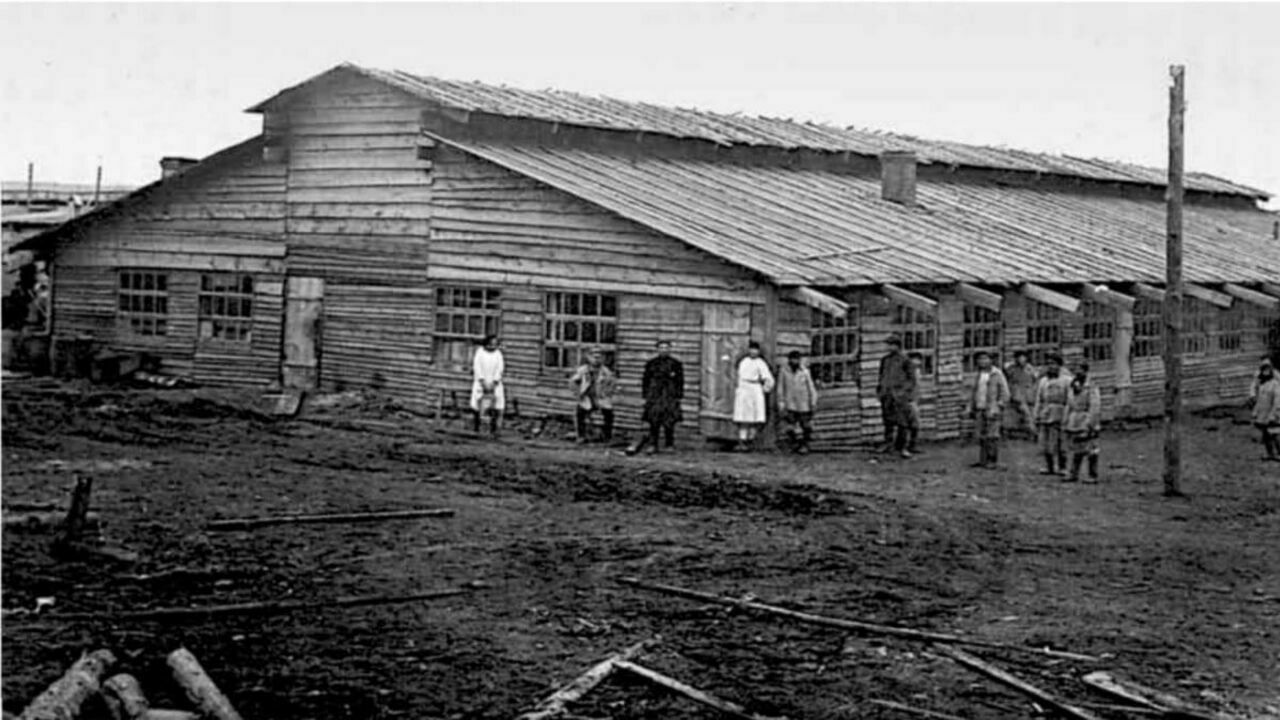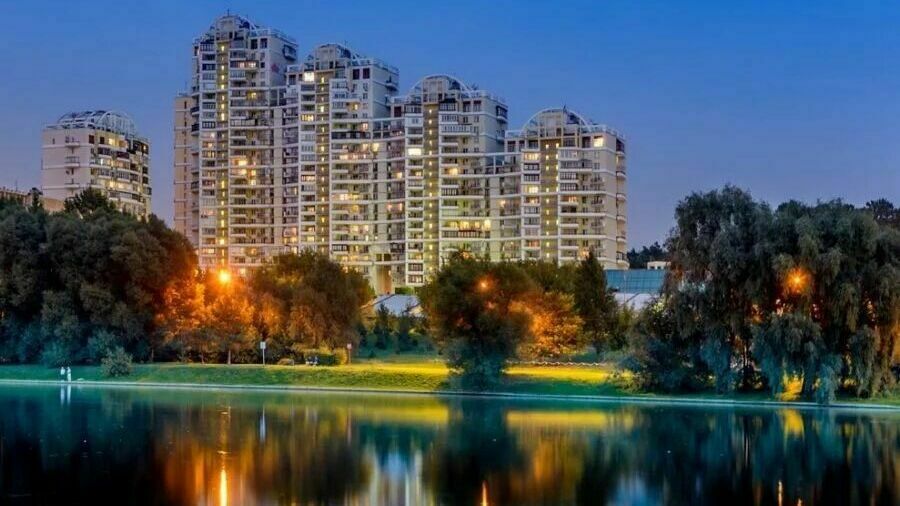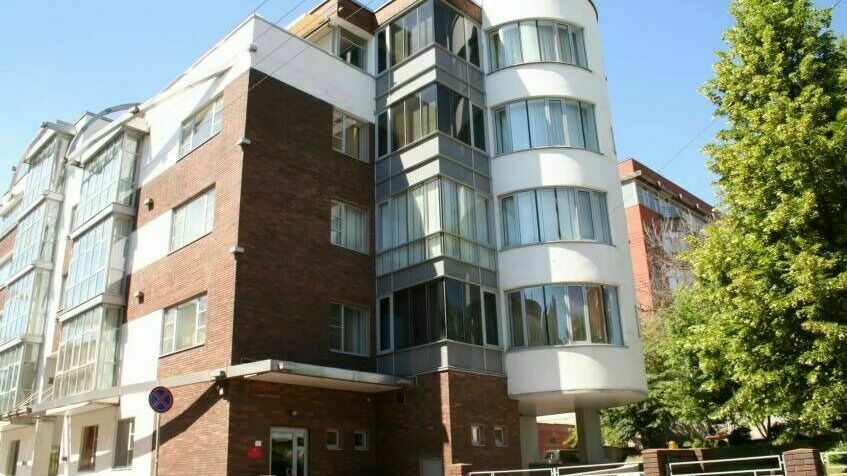Posted 8 февраля 2023, 13:34
Published 8 февраля 2023, 13:34
Modified 8 февраля 2023, 15:04
Updated 8 февраля 2023, 15:04

Myths about the beautiful past: what people who are nostalgic for the USSR do not want to remember
What those nostalgic for the country of the Soviets do not want to remember
Victoria Pavlova
VTSIOM polls conducted at the end of last year for the 100th anniversary of the formation of the USSR show that 58% of Russians regret the collapse of the Soviet Union, and 51% of respondents are sure that there was more good than bad in the Soviet Union.
Those who are nostalgic for the USSR have sympathizers at the very top: Back in 2005, Vladimir Putin called the collapse of the USSR "the largest geopolitical catastrophe of the twentieth century." The president remained faithful to his opinion in 2021, calling the collapse of the Union tragedies. Well, dreams come true: Russia is now clearly moving backwards, reviving the already forgotten attributes of the "scoop". And it's not about symbols like the anthem at all.
A convenient myth about social justice
According to surveys, people are nostalgic for stability, youth and carefree childhood (no ruler is able to return them), unity with the friendship of peoples, greatness…
And also - for social justice: free education and medicine, guaranteed distribution work, housing, sea trips, bread, which costs 26 kopecks from year to year. But as the historian Irina Karatsuba notes, in fact, people miss the mythical past, which in fact did not exist:
- The older generation has memories of how good it was for them. Human memory is selective and remembers only what a person wants to remember (and a person wants to remember mostly the good, he tries to forget the bad). For the younger generation, this is most likely such a legend, a myth about some golden age. But this nostalgia is not for the real USSR, because no one is nostalgic for the GULAG, for universal equalization, for food stamps and cards, for queues at 3 o'clock for Hungarian chickens, for tights, usually Polish. No one is nostalgic for queues for living space, in which it was possible to stand for decades, and other delights. All this is supposedly free education, supposedly free healthcare, which was called "health care". For admission to Moscow State University, the services of paid tutors were necessary, even with an excellent certificate.The existing demand for social justice in society is very convenient for the authorities, who quickly figured out how to turn it to the benefit of the regime.
Irina Karatsuba emphasizes that the trend for "Sovietization" comes from above:
- We have a re-sovietization coming down from above. Under Yeltsin, there was an inconsistent, poorly thought-out, but still decommunization. And now there is a re-communization, re-Sovietization and even, if we use not very academic terms, "re-sovietization". However, the head of the Foundation for Historical Research Foundation, Alexey Anpilogov, believes that now with "re-Sovietization" we are talking only about borrowing the best practices from the USSR, and not copying it completely:
- Society has a request for the values that the USSR personified, therefore, such nostalgia. The point is not that we are going to revive the USSR and bring Brezhnev back from the Kremlin wall, or by bringing telephone communication there in accordance with the standards of the 70s and 80s, in any case we will build our future taking into account all those technical, social, economic achievements that the country achieved after the collapse of the USSR.But in the USSR, they could not build "developed socialism" in 74 years.
So where are the guarantees that now the restoration of old practices will give a good result? And is it possible to take only the "good", without dragging along all the wretched things?
What awaits the adherents of resovetization after the return of the "scoop"
The founding Soviet class – the proletarians - were also once promised a bright and cloudless future in the USSR.
What will those who now advocate the return of the Soviet model get?
Adherents of Soviet power love the thesis of "great industrialization". But for some reason they prefer to forget that she put an end to the agrarian sector and the peasantry. By 1940, the share of the urban population of the USSR had increased by 2 times compared to 1922 and reached 33%. By 1990, 66% of the population lived in cities. People were promised a bright future in the beautiful "social cities" of the future. Here's how that promise turned into reality. The Russian Academy of Architecture and Building Sciences in its book "Soviet Urban Planning 1917-1941" wrote that by the end of the 30s in the social city of Magnitogorsk, 50% of housing was temporary (in other words, barracks), 25% was represented by dugouts and semi-dugouts, 15% – family communal apartments, 8% - self-construction (so-called "impudent"), and the remaining 2% accounted for cottages in the isolated village of Berezki for management and large specialists, as well as the central hotel.
The densification of cities forced the Soviet authorities to drastically reduce sanitary standards. If in 1919 the People's Commissariat of Health determined the sanitary norm of living space at 9.1 sq.m. per person, then by 1930 the sanitary norms were reduced to 5.5 sq.m. in Moscow, 3.5 sq.m. in Chelyabinsk, 3.4 sq.m. in Krasnoyarsk, and up to 2.2 sq.m. in the Donbass. Alas, living in such conditions was not something exceptional. By 1952, tens of millions of people lived in barracks. Meanwhile, nomenclature workers lived in the famous "house on the embankment", in the "house of the People's Commissariat of Finance", which became a classic of avant-garde architecture, in a high-rise on Kotelnicheskaya Embankment, mansions, used servants. Even just "Stalinist" houses with high ceilings and abundant decor demonstrated the stratification of society. It is very similar to a modern Rublevka or a house with luxurious office apartments for State Duma deputies, which is described on the website of its management company: "LCD "Olofa Palme, d. 1" is a luxury residential complex of Premium class. It is located on the Sparrow Hills, in one of the most respectable districts of the city of Moscow."
Only there is a difference: previously, even the furniture in the houses and apartments of officials had inventory numbers. If you lose your place in power, you lose your property. Now the confiscation of housing and furniture from an official is an unprecedented event. Even former deputies do not give office apartments. Court cases of corruption can end with a prison term, they can end with a new position (as in the case of Anatoly Serdyukov), but they almost never end with the deprivation of acquired property.
Does it remind you of anything?
Barracks, of course, are not so popular anymore. Although, when you see statistics that 18% of houses in Russia today use cesspools, the confidence that the barracks are in the past is melting. The population in cities is becoming more dense, and the living space is becoming more and more cramped. Only in the period from 2001 to 2020, the average area of apartments in new buildings in Moscow and the region decreased by 24%: from 71.6 sq.m. to 54.5 sq.m. The share of three-bedroom apartments decreased from 37% in 2000-2002 to 10% in September 2022. But "odnushki" occupy 34% of the market of Moscow new buildings, and another 30% are studios. Such "studios" with an area of 13 sq.m., as well as one-room apartments of 15 sq.m. in Moscow have become the norm. And the smallest housing found last fall in the Vnukovo district has an area of only 7.6 sq.m. With a double bed, by the way. That is, 3.8 sq.m. per person, which is close to the sanitary standards of 1930, designed for barracks and communal apartments. But you live in a city where there are businesses and jobs. Everything is like in the period of Soviet industrialization.
The builders of a bright socialist future fled from the countryside from dispossession and collectivization, but in return they received not only barracks with dugouts, but also very poor food supply. The Soviet government, which supposedly cared about the interests of the proletariat, reacted very differently to the redistribution of resources. By 1933, about 2% of the country's population lived in the capital, but Moscow received up to 20% of the state funds of meat, fish and margarine, up to 25% of flour and cereals, up to 30% of the fund of fish products and wine products. Moscow and Leningrad received up to a third of industrial goods. But even in such conditions, ordinary workers sitting on the ration system could not boast of satiety.
Engineers and workers in Moscow were supposed to have 0.5–2 kg of meat or fish, 400 g of vegetable oil, 0.5 sugar per month for the whole family. In the new industrial centers, rations were much more modest: a family of three or four people per month accounted for only 1 kg of cereals, 0.5 kg of meat and 1.5 kg of fish.
While the nomenclature was being bought in the 200th section of GUM and the special service store on Kutuzovsky, eggs, dairy products, fruits, tea remained an unacceptable luxury even for the industrial workers of the capital. But through the "Torgsin" network, the authorities seized gold and family heirlooms from the people in exchange for food handouts.
Almost everything is like in modern Russia: Moscow drains resources from the regions, but the very fact of living in the capital is not a guarantee of a full life. The average salary according to "Mosstat" in January-November 2022 amounted to 117082 rubles, but renting a two-room apartment costs according to "Cian.Analysts" in 77600 rubles. To feed the family remains 39,500 rubles… But maybe the state will support it?
Social network without guarantees
Material support and social guarantees have become the basis of economic policy in recent years.
Is the same stability and justice coming back from the USSR? Alas, there was no social paradise in the Soviet Union either. Of course, back in 1939, it was written in the "Great Soviet Encyclopedia" that "only in the USSR citizens enjoy material security in old age, as well as in case of illness and disability". But the money allocated in 1938 for pension provision was only enough to pay each pensioner about 150 pre–reform rubles (15 rubles after denomination), despite the fact that a cubic meter of firewood then cost 18 rubles, and slippers - 11 rubles. And even after the appearance of the law on pensions in 1956, payments ranged from 30 to 120 denominated rubles. But only if there is a work experience of 25 years for men and 20 years for women. Otherwise, you could count on a minimum singing of 7.5 rubles. Pensions reached collective farmers only in 1964 and averaged 12 rubles at that time.
In theory, pensions could be large: since 1965 Nikita Khrushchev received a pension of 500 rubles a month, but by 1980 about 25% of pensioners could count only on the most minimal payments. Modern authorities also create a lot of noise on the topic of indexation and can boast of separate payments (the pension allowance of a State Duma deputy is about 100 thousand rubles per month), but most pensioners manage very small amounts: the average pension on October 1, 2022 was 18503 rubles. So it is pointless to be nostalgic for Soviet social security: this model is perfectly applied now.
Pensioners are very convenient to scare the 90s, which are well imprinted in the memory. Pensions then, according to the calculations of Mikhail Dmitriyev, Doctor of Economics, did not provide "even a physiological minimum of livelihood." However, even minimum pensions were often simply not paid (by the beginning of 1997, pension arrears reached 17 trillion non-denominated rubles). People fled from the cities back to the villages for food. Simply put, they fed on vegetable gardens. Against this background, the Soviet period could be imprinted in memory as a time of maximum care for people. But wasn't it the Soviet regime that led to what eventually happened in the 90s?
As the political scientist Abbas Gallyamov notes, in the decaying West, where capitalists exploited and continue to exploit workers, social guarantees turned out to be much more:
- The vast majority of modern countries provide such powerful social guarantees that the USSR never dreamed of. For example, the Scandinavian countries. Humanity, since the end of the 19th century, since the Bismarck reforms, has been trying to avoid the extremes of these two poles – either freedom or equality. And for 100 years, a very successful, dynamic model has been created – the ratio is constantly changing within the framework of the current political process, but in general, the model itself has already been formed: when there is enough freedom, and equality in one form or another is ensured to some extent, but in order not to interfere with freedom.And our government is still trying to stay afloat, playing on sentimental feelings of pensioners, like Baron Munchausen pulling himself out of the swamp by his hair.
And what are they going to do with young people who have already tasted all the benefits of the decaying West, and in general, apparently, does not believe in retirement? Last year, the number of self-employed people who do not make deductions for future retirement increased 1.7 times, to 6.56 million people… What is being prepared for the young population of Russia - read in the following article of "Novye Izvestia".


